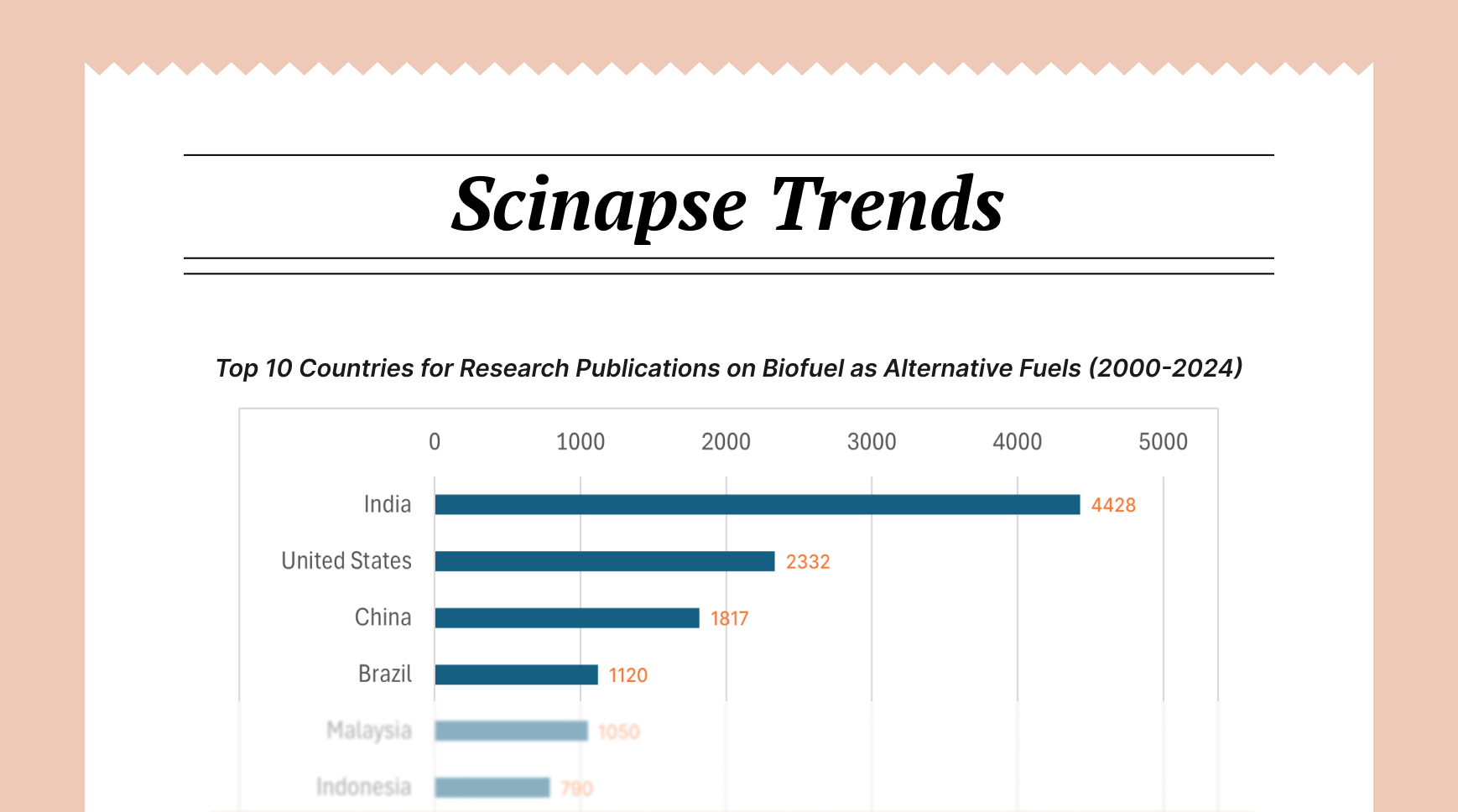Recent Advances in Kevlar-Based Composites: Hybridization, Functionalization, and Ballistic Performance (2020-2024)
Kevlar Composites Update: Explore recent research on hybridization, functionalization, enhanced mechanical properties & improved ballistic performance.
Introduction
Kevlar, known for its high tensile strength and impact resistance, remains a material of significant interest in composite material research. Over the past five years, advancements have focused on enhancing Kevlar's properties through hybridization with other fibers and functional materials, as well as improving its performance in specific applications like ballistic protection. This mini-review summarizes these advancements, focusing on key research agendas.
Hybridization Strategies for Enhanced Mechanical Properties
A significant area of research involves hybridizing Kevlar with other materials to tailor composite properties. Studies consistently explore combinations of Kevlar with carbon, glass, basalt, and natural fibers. Hongyong Jiang's research group has extensively investigated hybrid effects and failure mechanisms in carbon/Kevlar, carbon/glass, and carbon/glass/Kevlar composites, consistently publishing on this topic from 2020 to 2023 (Hongyong Jiang et al., 2020, Aerospace Science and Technology; Hongyong Jiang et al., 2021, Aerospace Science and Technology; Hongyong Jiang et al., 2022, Aerospace Science and Technology; Hongyong Jiang et al., 2023, Aerospace Science and Technology). Their work highlights the interactive failure mechanisms and synergistic effects achieved through strategic fiber combinations. Similarly, Joseph Selvi Binoj has explored the effect of stacking sequence and silicon carbide nanoparticles on the properties of carbon/glass/Kevlar hybrid polymer composites, with publications spanning from 2020 to 2022 (K. Karthik et al., 2020, Polymer Composites; K. Karthik et al., 2021, Polymer Composites; K. Karthik et al., 2022, Polymer Composites). These studies demonstrate the importance of optimizing the arrangement and composition of hybrid composites to achieve desired mechanical and thermal characteristics. P. Anand has also contributed to this area, focusing on the hybridization effect on mechanical properties of Basalt/Kevlar/Epoxy composite laminates (V. Ramesh et al., 2021, Polymers (Basel); V. Ramesh et al., 2022, Polymers (Basel)). More recently, researchers are exploring the use of natural fibers in conjunction with Kevlar. Sanjay Mavinkere Rangappa's group has investigated the effect of bio-fibers and inorganic fillers on carbon-Kevlar-based hybrid composites (H. Mohit et al., 2021, Journal of Materials Research and Technology; H. Mohit et al., 2022, Journal of Materials Research and Technology; H. Mohit et al., 2023, Journal of Materials Research and Technology). This trend suggests a growing interest in sustainable composite materials.
Enhancing Ballistic Performance through Shear Thickening Fluids and Nanomaterials
Another prominent research area focuses on improving the ballistic performance of Kevlar fabrics. A common approach involves impregnating Kevlar with shear thickening fluids (STFs). Lulu Liu's research group has consistently investigated the ballistic performance of STF-impregnated Kevlar fabrics, using both experimental and numerical simulation techniques (Lulu Liu et al., 2020, Thin-Walled Structures; Lulu Liu et al., 2020, Thin-Walled Structures; Z.L. Xie et al., 2021, Materials & Design; Z.L. Xie et al., 2022, Materials & Design; Z.L. Xie et al., 2023, Materials & Design). Their work has explored the influences of rheological properties and service environment temperatures on impact resistance. Zhihua Cai has also contributed to this area, studying the enhancement mechanism of ballistic properties of STF-impregnated aramid fabric composite plates (Yan Zhang et al., 2024, Polymer Composites). Furthermore, the incorporation of nanomaterials, such as carbon nanotubes (CNTs), is being explored to further enhance ballistic performance and add functionalities. Xinglong Gong's group has investigated CNT/STF/Kevlar composites with conductive properties for wearable applications (Bing Liu et al., 2022, Composites Part A Applied Science and Manufacturing; Bing Liu et al., 2023, Composites Part A Applied Science and Manufacturing).
Functionalization for Advanced Applications
Beyond mechanical and ballistic performance, research is expanding into functionalizing Kevlar composites for advanced applications. Yingying Zhang demonstrated the use of laser writing to create Janus Graphene/Kevlar textiles for intelligent protective clothing (Haomin Wang et al., 2020, ACS Nano). Xuetong Zhang developed Kevlar aerogel-confined organic phase-change fibers for bending stiffness-directed fabrication (Yaqian Bao et al., 2021, ACS Nano). Teng Qiu explored the construction of aramid engineering materials via polymerization-induced para-aramid nanofiber hydrogels (Chunjie Xie et al., 2021, Advanced Materials). Nikolaos S. Heliopoulos investigated the modification of Kevlar with small organic molecules to impart antibacterial properties and improve water repellency (Efrosyni Frousiou et al., 2023, Molecules). These studies highlight the potential of Kevlar composites in diverse fields, including smart textiles, thermal management, and biomedical applications. Zhong Lin Wang recently demonstrated the use of multistrand twisted triboelectric Kevlar yarns for harvesting high impact energy and body injury evaluation (Fangjing Xing et al., 2024, Advanced Science).
Conclusion
Research on Kevlar-based composites over the past five years has demonstrated significant progress in hybridization strategies, ballistic performance enhancement, and functionalization for advanced applications. The trend towards sustainable composites and multifunctional materials is expected to continue, driving further innovation in this field. Future research should focus on optimizing hybrid composite designs, exploring novel functionalization techniques, and addressing the long-term durability and environmental impact of these materials.
✨ About This POST
This mini-review post was generated through Scinapse. Scinapse provides reliable research trend analysis using citation analysis and AI technology.
Check out the trends in your field too!
Get started at https://scinapse.io


Comments ()